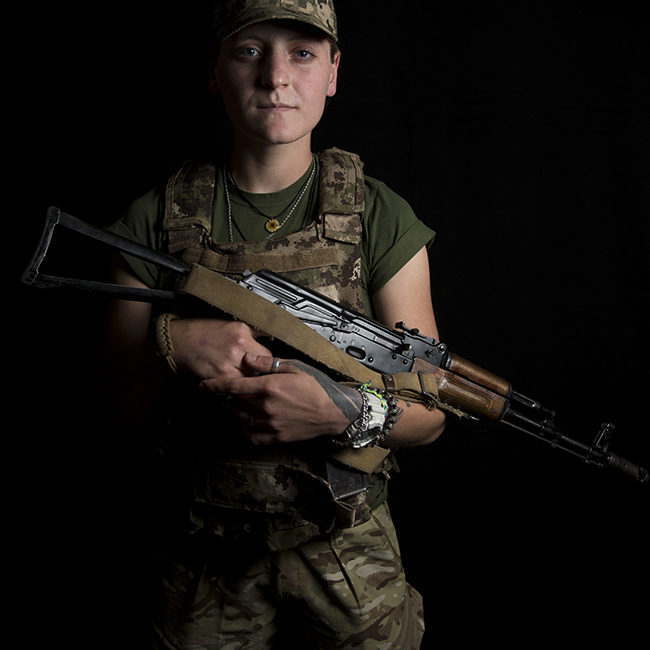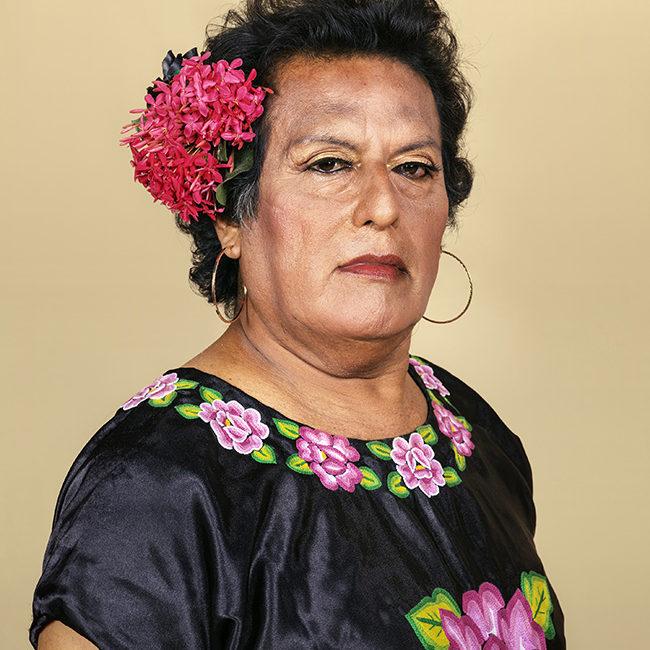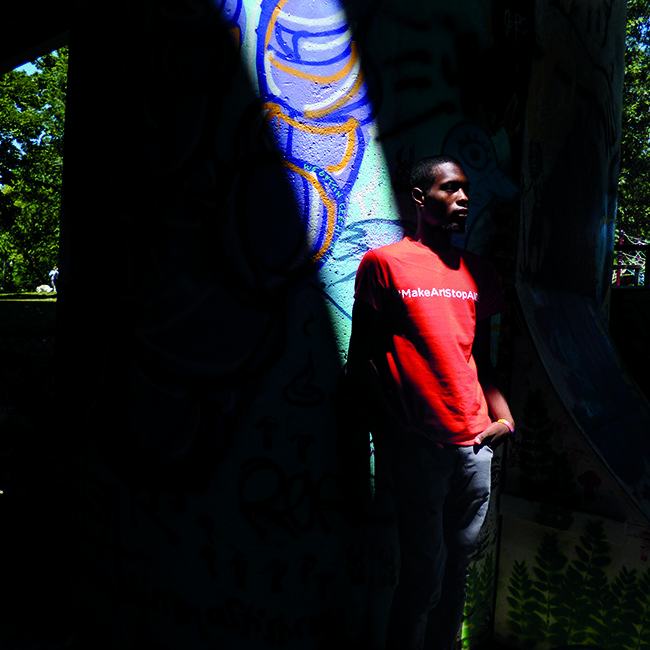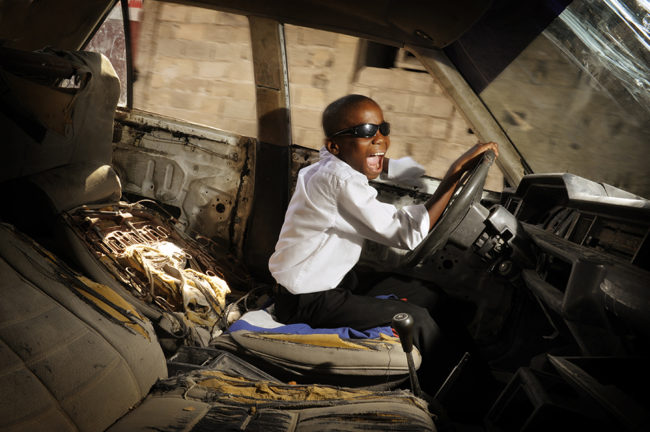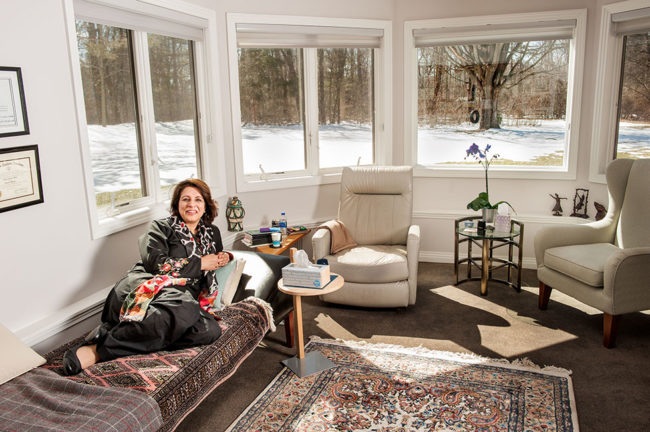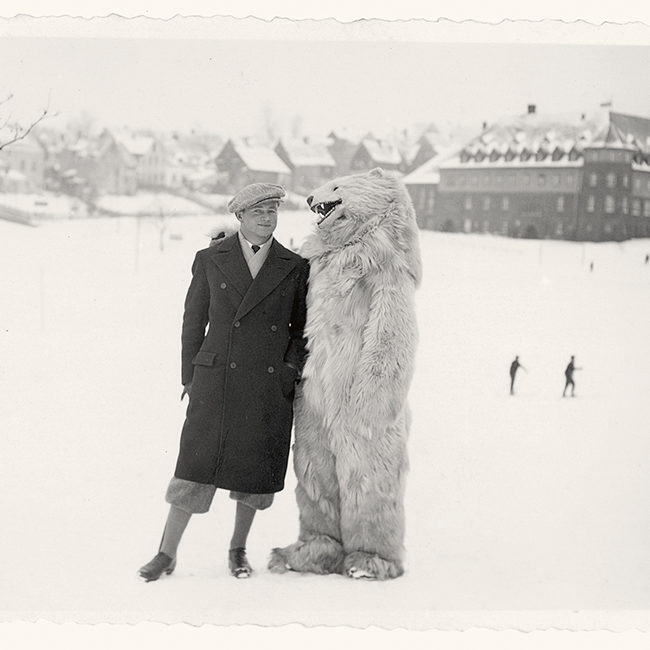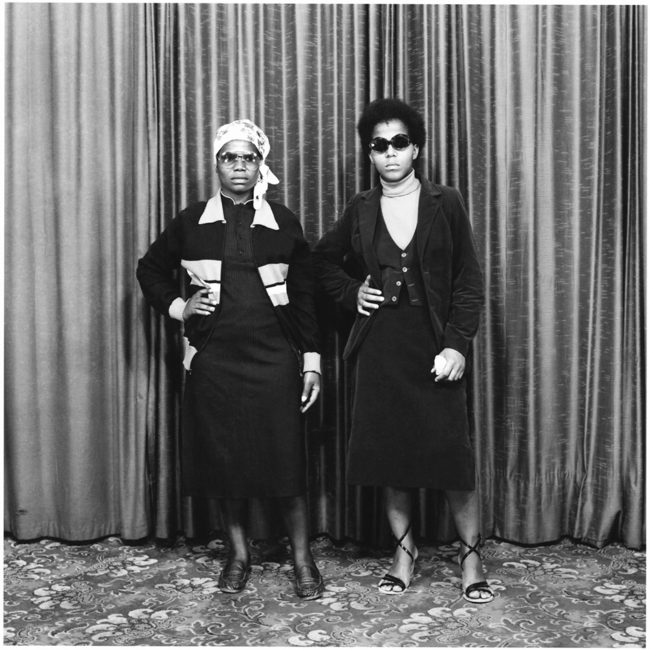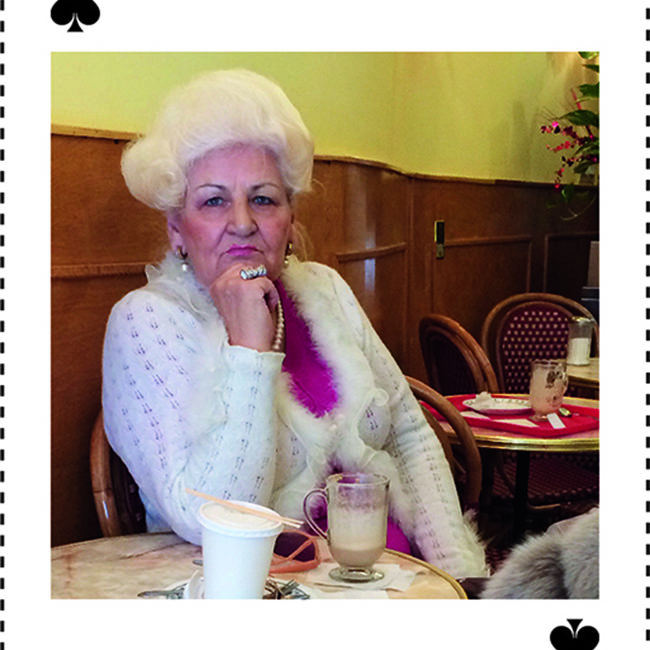In a Texas Isaiah photograph the exchange often begins with a series of questions about how the sitter is feeling, how they want to be seen. The intimacy with the people in his photographs is oftentimes established over months leading up to their session. Texas Isaiah goes to extraordinary lengths to make sure that the person he is photographing feels seen. His care resonates in the image, most importantly to the person being seen.
When Texas Isaiah turns the lens on himself we find a man artfully navigating his demons in pensive and brilliantly layered self-portraits. The images feel spiritual. The colors are languid and controlled, never overpowering the image. There are always elements of nature present, as this is imperative to his spiritual practice. There are also artifacts from reoccurring dreams that he weaves into the pictures seamlessly.
Texas Isaiah’s work asserts the importance of marginalized communities telling their own stories (a topic I’ve written about), and doing so with intention and care. They are a celebration of the beauty of queer and trans folx. His pictures create a two way mirror, allowing the viewer to reflect on their own selves, their own preconceived notions, while allowing them to view a person struggling to build themselves, a person battling for joy and love against the perpetual weight of erasure in the world.
Gioncarlo Valentine: Tell me a bit about your work and how you got your start?
Texas Isaiah: My work explores multiple identities by inviting the sitter to participate in the photographic process, so that it can be more of collaboration. So often in my experience of photography, the visual narrator and the sitter are spoken about separately and I never believe that to be true. I think this separation just perpetuates a power dynamic. So my invitation builds a space to begin and continue collaborative visual dialogues about legacy, self-empowerment, emotional justice, historical trauma, and protection.
And my start… I feel like I’ve had a lot of beginnings. One was the hardcore punk scene, another was shooting nightlife, and then again in 2012 when I moved back to Brooklyn and found myself living in my first collective house for queer and trans folx.
GV: What would you say is missing in the exchange between most photographers today and the people they photograph?
TI: I think checking in with the sitter around a relationship with photography, any anxieties that may come up for them, because I think that’s something that may easily be masked. I also think just talking about the legacy of the photographs to, where they will end up and also depending on the space, talking about how we can redistribute money into the community in some way. Also trying to restructure the gaze as well, although that’s really hard to do, we should at least be pushing for those conversations.
GV: Could you unpack that a bit more, the need for the redistribution of money to the community and how you imagine that happening?
TI: I am interested in what it looks like for someone to be compensated for their time when they are being photographed, especially if the works are traveling through the gallery/museum spaces. I’m aware of the complexity surrounding this topic, but I think it’s important to explore. Because I’m so often photographing a large amount of folx who come from disenfranchised communities, I’m trying to figure ways to bring money back in their pockets for their time. I was raised in a community like that, when I needed something people would try their best to get me that thing. I think we don’t think about how much someone may not have when they walk into a session.
I know that that’s hard to do with things like editorial work and commissioned work, because the pay is so small. It’s definitely circumstantial, but I think we should be having the conversation and trying to do something.
GV: You recently got the opportunity to photograph boxer Pat Manuel, the first openly trans man to fight professionally in the U.S. How did that opportunity come about and what was that experience like?
TI: Well ironically enough, I had written a list of Black trans people that I wanted to connect with and his partner, Amita, reached out to me and asked if I was available to document Pat leading up to his debut fight. We only got one session in because I was traveling a lot and we had a few schedule conflicts.
On the day of his debut fight it was kind of like being catapulted into a whole new world. It was my first boxing match. There was only me and one other Black visual narrator who is Cis-identified. We were the only Black visual narrators there, everyone else was white and maybe Latinx. There were all these microaggressions, racial and gender-centered microaggressions, that we had to experience. So, it was a fight to photograph him, as he was fighting we were fighting to photograph him because apparently we didn’t have the right colored wristband on. Meanwhile all these white photographers were never questioned about their credentials. We were told to sit. I’m a very resistant person, so I just got up and photographed him. ESPN, NBC, all these other channels would have gotten to photograph this iconic moment for him and we would have been iced out in that way, which we have always been. It was beautiful to be able to hold him in that way and be there for that moment, but it was honestly such a fight.
GV: What does the relationship between photography and emotional justice look like for trans people?
TI: Allowing trans folks to create narratives for themselves. So many of our narratives aren’t being photographed by queer or trans people. There’s this high presence of Black and Brown femmes being photographed by white people. I think that work can be done, but in a very different way. It’s very important that we allow trans people to engage with emotional justice themselves, but to also give that time and place because there isn’t a full history of seeing yourself if you are a Black trans or queer person in photography. You’re kind of rebuilding that foundation or that legacy.
—Gioncarlo Valentine
Gioncarlo Valentine, a writer and photographer based in New York, guest editing this week’s POTD feature.
Related Articles
Exploring Gender and Identity from “Disruptive Perspectives”
Working as an Outsider: Danielle Villasana on Capturing Portraits of Transgender Women (for PDN subscribers)
Jess T. Duggan on Catherine Opie and the Importance of Seeing Yourself Represented
